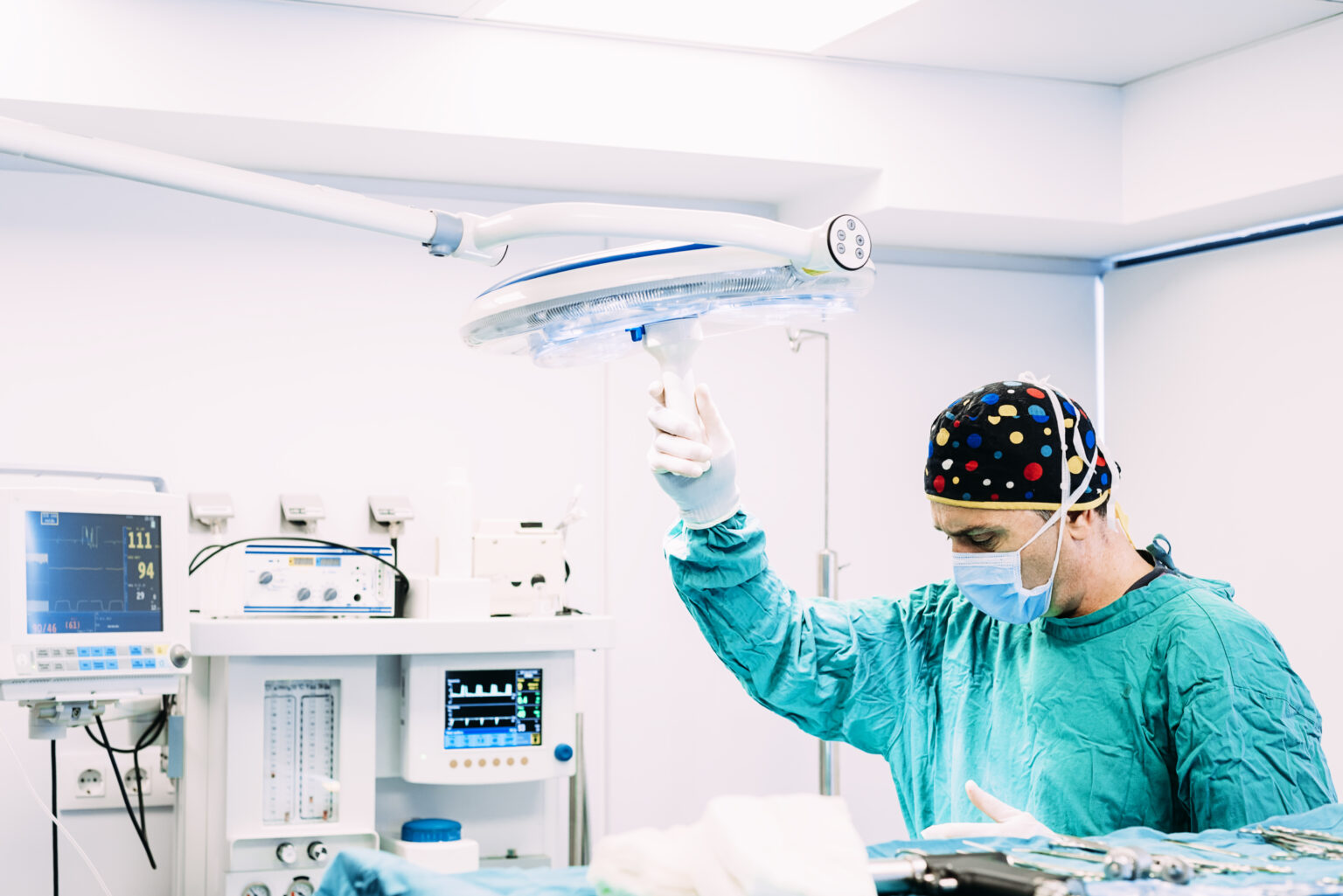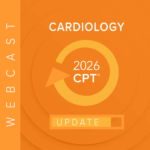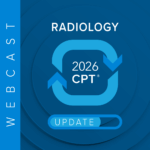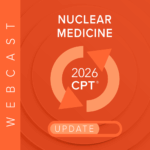MedLearn’s dedication to fighting non-patient outcome spending (NPOS) has traditionally focused on billing and compliance. Among the many pits into which NPOS money falls—staffing, inventory, technology, legislative, and the aforementioned billing and compliance—none are entirely unrelated to the others. Inventory overlaps with staffing. Legislation impacts compliance. Technology affects everything. As a result, we keep an eye on companies who, like us, are fighting NPOS.
VueMed grew out of the supply-chain consultation practice and is a software-as-a-service company focusing on maximizing the efficiency of hospital inventory procedures. MedLearn spoke to VueMed co-founder Lana Makhanik, to learn how she sees the industry developing as new technologies and new obstacles emerge. The full interview is available here.
When asked how VueMed sees the current dysfunction in inventory systems for many healthcare facilities, Ms. Makhanik commented that there are thousands of crucial devices and materials in use in a hospital, and they all require tracking and reordering, but “It’s all been sort of ad hoc and often done by clinicians … It’s difficult for people to document what they’re using at the point of care when it’s done manually, on paper, or using stickers. There are inaccuracies on patient charts as a result. If items aren’t documented properly, it’s difficult to know what it is they have to reorder. There’s no visibility about what they have on hand at the time.” Issues of safety, expiration, recalls, and so on are compounded by poor inventory methods.
Ms. Makhanik estimates “up to 50 percent of procedures or patient cases have some sort of billing issues in terms of supplies.”Incorrect or incomplete documentation can result in inaccurate billing, and lower reimbursement (to say nothing of the more direct supply chain issues themselves). VueMed addresses these issues by digging into their consultant roots, utilizing comprehensive data and in-depth analysis of an individual hospital or clinic’s methods, and developing solutions tailored to them, rather than solely focusing on selling the latest technology and being done with it. They want not only to optimize the inventory for the present but also to “support our customers with valuable data to help them forecast and predict the things they’ll need in the future.”
As most of VueMed’s customers come to them without good inventory data, gathering that data becomes a significant component of the solution. “We gather data on every inventory-related transaction. We’re monitoring items from the moment they enter the organization and then throughout their lifecycle until the point of care. Items can be moved from one location to another, removed from inventory for reasons other than patient use … And of course, we’re monitoring everything that’s being used during the patient encounter itself, so you know what the actual patient utilization looks like, both for the patient’s record as well as in terms of the supply chain implications.”
The data gathered can then be used to create a solution that improves the supply chain and makes it more resilient to the vagaries of the medical world. This in turn means more accurate billing, better relationships with suppliers, and most importantly, better care for the patient. Ultimately, that’s the whole point of fighting NPOS, to reduce waste spending and return the focus to excellent patient care.













